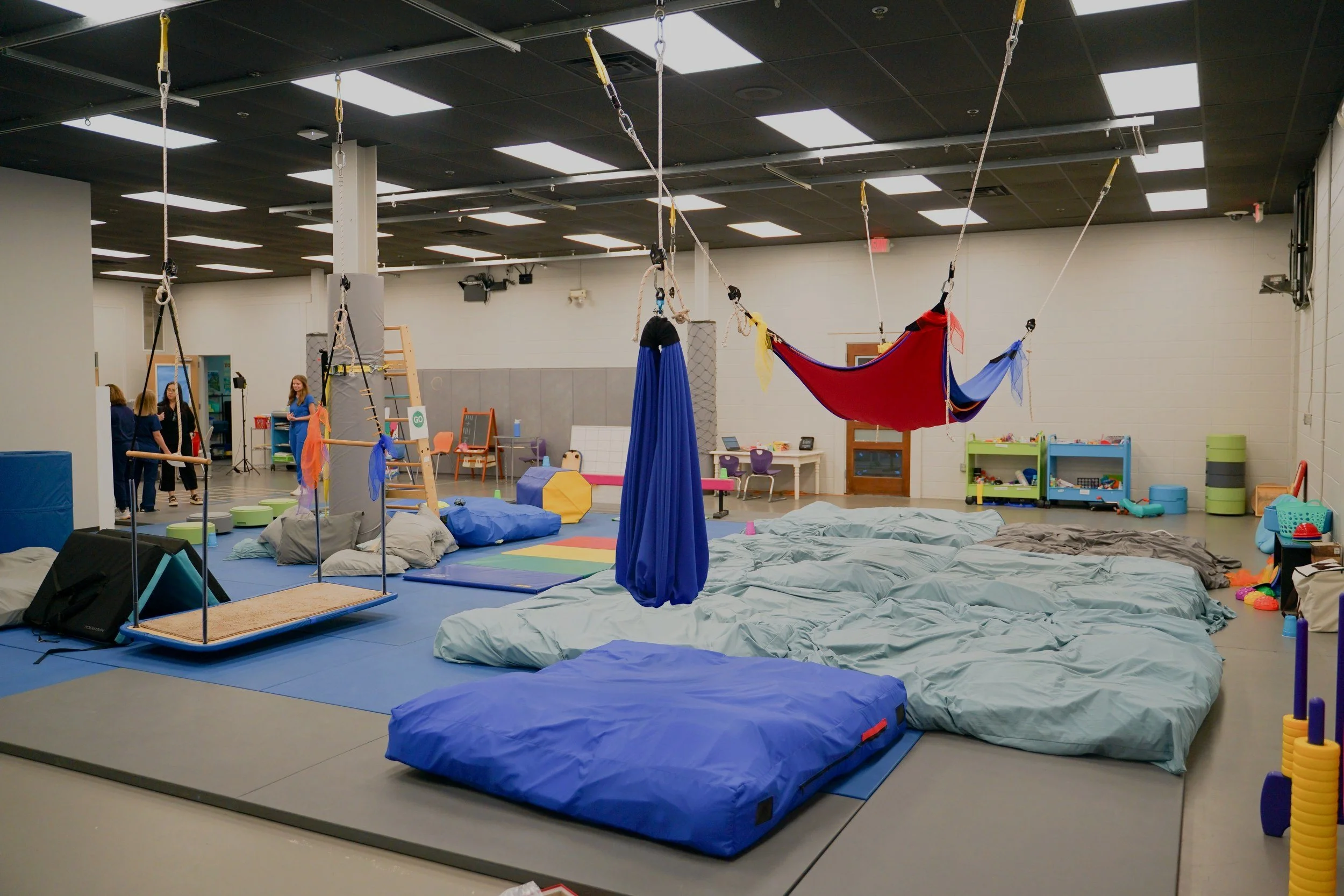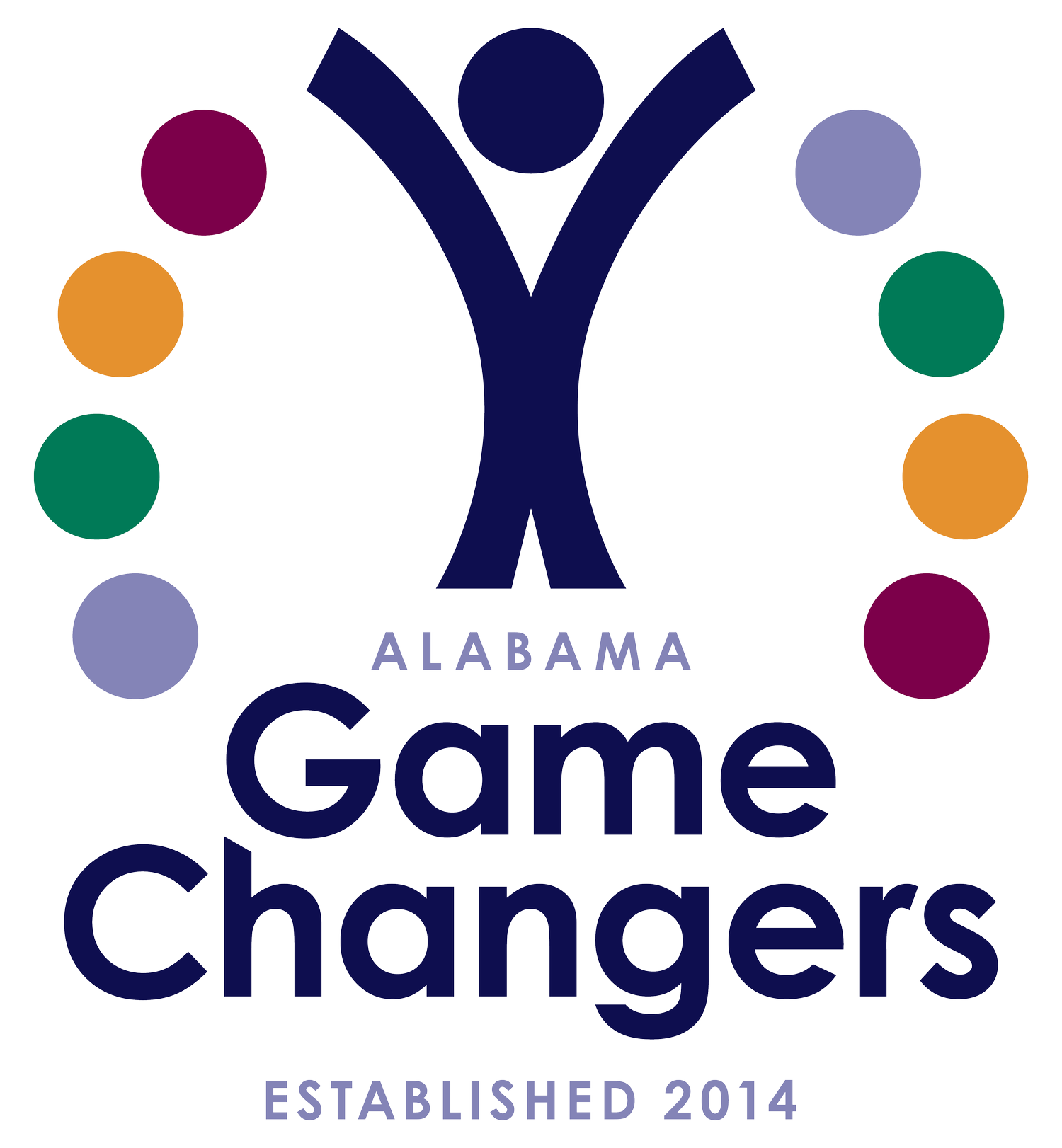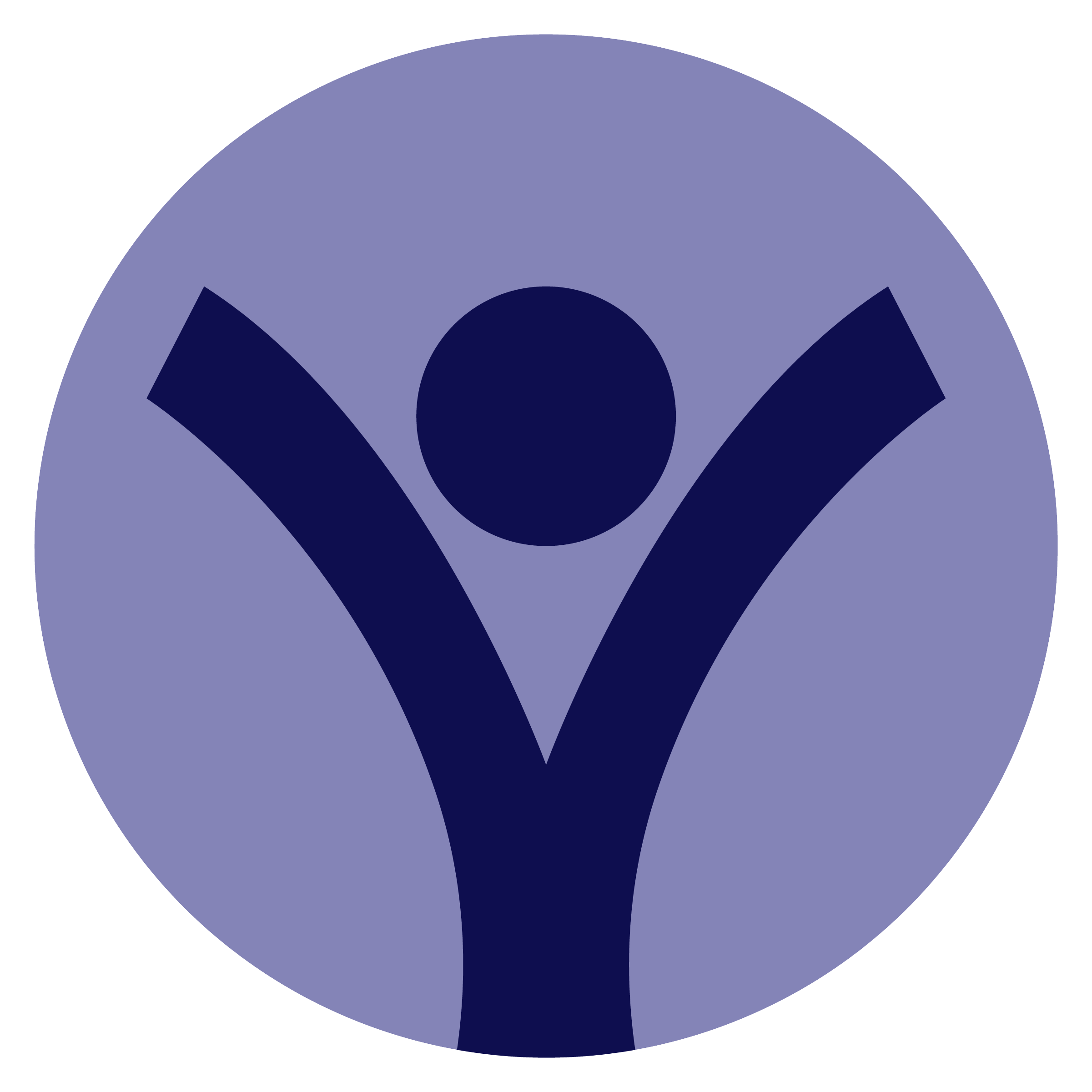
Our Services • A hands-on, whole-body approach
Occupational Therapy
Our occupational therapy team helps children and young adults build the skills they need to grow, learn, and thrive. We use a hands-on, whole-body approach that supports how the brain and body work together to process and respond to the world around them. When any part of the sensory system isn’t working well, everyday activities—like getting dressed, playing, learning, or making friends—can become more challenging.
What to Expect
Occupational therapy also plays a key role in supporting young learners with reading difficulties. We identify and treat issues with visual processing and visual tracking—critical skills for following lines of text and understanding what the eyes see. We also work on core and proximal stability, which supports ocular motor control—important for reading, writing, and staying visually focused. Strengthening visual processing skills helps with recognizing sight words, spelling, and understanding sequences, while visual closure skills can improve reading speed and efficiency.
In addition, we help individuals who struggle with attention, focus, and self-regulation—skills that are essential for success at school and home. Through structured, individualized goals, we support each client in learning how to stay calm, organized, and ready to learn.
We work with children from early childhood through young adulthood, including those with ADHD, autism, sensory processing challenges, learning differences like dyslexia and dysgraphia, and other developmental conditions.
We help strengthen skills like:
Fine and gross motor coordination
Body awareness and movement
Core and proximal stability
Visual tracking and processing
Hand-eye coordination
Focus, attention, and self-regulation
Ocular motor control and visual perception
Oral motor skills
Daily routines like dressing and hygiene
Emotional regulation
Reflex integration
Occupational Therapy Key Terms
-
Eye-Hand Coordination
The coordination of visual input and the processing of visual information for coordinated movement of the hands. Eye-hand coordination is essential in handwriting, scissor use, stringing beads, reading, throwing a ball, putting dishes away on a shelf, coloring in lines, feeding, and grooming tasks.
-
Bilateral Coordination
Involves coordinated and fluid movements that require both sides of the body. This can include the movements of both hands together in activities. The development of bilateral coordination skills is essential for functional skills like self-feeding, handwriting, selfdressing, grooming, and more. Without bilateral coordination skills, a child might appear to be clumsy, drop items, use one hand for activities that typically require two, or switch hands during tasks that require a dominant hand and a helper hand.
-
Balance
Balance skills are important for children to have; children must control and maintain multiple body positions in their day-to-day life functions. They rely on balance for daily activities such as dressing, going to the bathroom, navigating different environments, sitting to eat meals or write/draw, reading, and playing.
-
Visual Scanning
Visual scanning is an essential part of many other functional skills. For example, visual scanning helps you shift your eyes from left to right across a page without losing your place when reading a line of text. When you get to the end of the line, you shift your eyes down to the next line without your vision jumping all over the page. Without this ability, reading can be difficult.
-
Visual Memory
Visual memory focuses on one’s ability to recall visual information that has been seen. Visual memory is a critical skill in reading and writing.
Occupational Therapy FAQs
-
This is by no means an exhaustive list, but a good reference for further information.
Visual perceptual skills help the brain make sense of what the eyes see. These skills are important for learning, especially when it comes to reading, writing, and organizing information. Here's how each skill shows up in everyday life:
Visual Discrimination
This is the ability to see differences between shapes, letters, or objects. It helps your child tell the difference between similar-looking letters like “p” and “q” or words like “was” and “saw.” Without strong visual discrimination, reading and spelling can be more difficult.
Visual Memory
This skill allows your child to remember what they’ve seen, like letters, words, pictures, or symbols. It’s important for remembering sight words, spelling patterns, math symbols, or even what they just read. It also helps with copying notes from the board and creating mental images, like picturing a lion when they read the word “lion.”
Spatial Relationships
This helps your child understand how objects (or letters) relate to each other in space. For example, knowing that a “b” faces the opposite direction from a “d,” or understanding how to read a map or diagram. It also plays a role in coordination and body awareness, like navigating around furniture or people.
Form Constancy
This is the ability to recognize letters, shapes, or objects even if they look a little different—like if they’re in a different size, font, or position. It helps kids read letters in various styles and transition between print and cursive handwriting.
Sequential Memory
This is the ability to remember things in order, like the letters in a word or steps in a math problem. It’s also key for spelling, reading comprehension, and copying information from the board or screen in the correct sequence.
Figure-Ground Perception
This helps your child find something in a busy background—like locating a word in a paragraph, finding a friend in a crowd, or spotting a pencil in a messy drawer. Weakness in this skill can lead to missed information during reading or note-taking and trouble keeping personal items organized.
Visual Closure
This allows your child to "fill in the blanks" when they see part of a picture, shape, or word. It’s what helps them recognize a partially covered word or identify sight words quickly without sounding them out each time. This skill supports reading fluency and speed.
-
Our co-founder, Dr. Denton, calls OT the “secret sauce” when discussing dyslexia treatment. If a child has a weak core and cannot sit up for sustained amounts of time, their visual field is on a diagonal while they are learning to read or trying to read. If a child has weaknesses in visual tracking, they will be challenged to read words across a page as presented in texts. If a child has a weakness in remembering sight words, they may have a weakness in visual processing. These are just a few of the examples where occupational therapy can support struggling readers. Those who need this support may see their reading improve by 25% with OT therapy.
-
All children must come through our medical clinic before seeking additional services offered. We will recommend what evaluations and services are needed after a thorough screening with our pediatrician. After that visit, many clients do return for OT evaluations and therapy.
-
Watch for problems with the following skills:
Letter and symbol reversals
Frequent complaints about eye discomfort, watering, or blinking (might be rubbing their eyes)
Turns head while reading or holds paper at odd angles or odd distance
Often loses place on the page while reading/skips lines when reading
Inability to accurately copy down information
Closes one eye while reading or working
Poor page organization (placement, illegible handwriting, poor spacing)
Difficulty navigating school grounds or other larger areas

